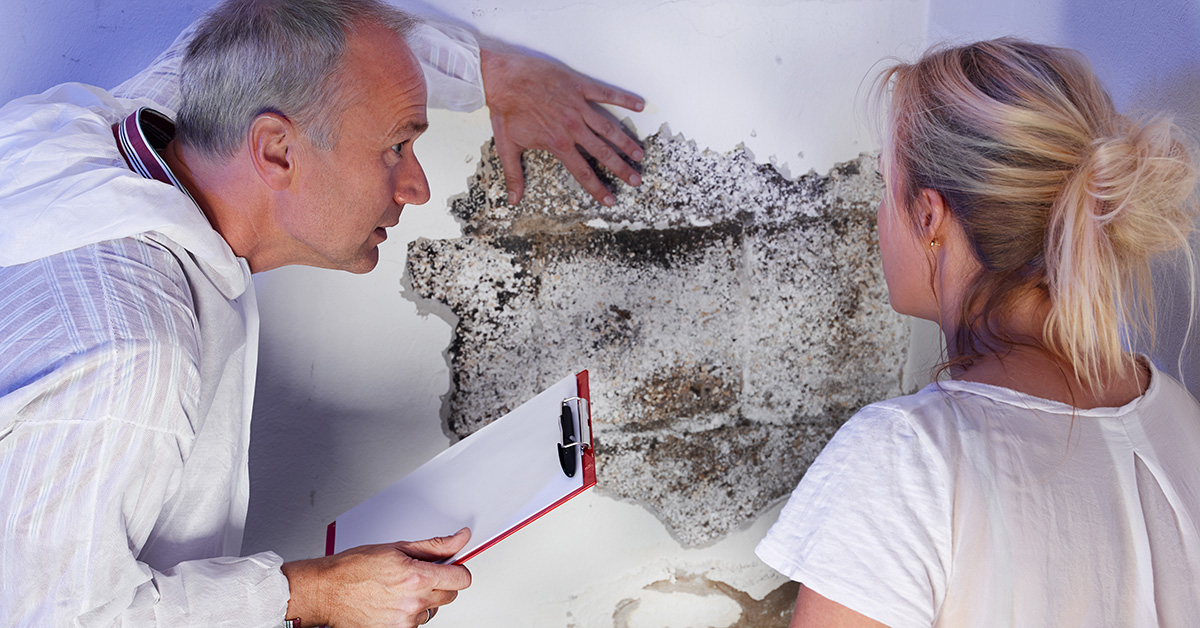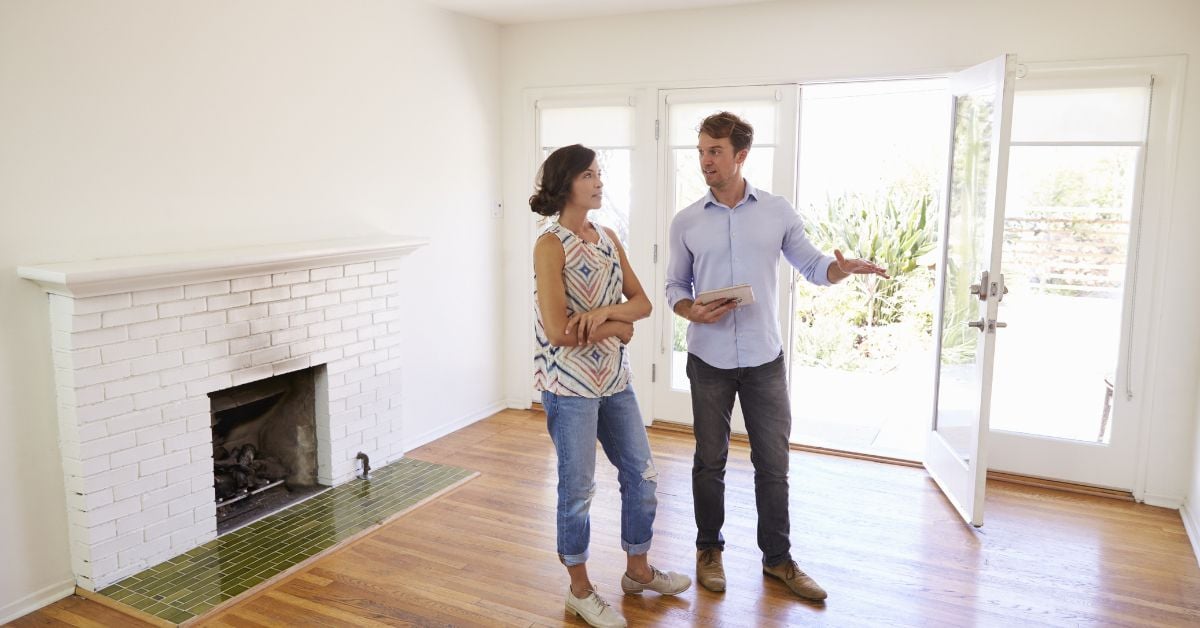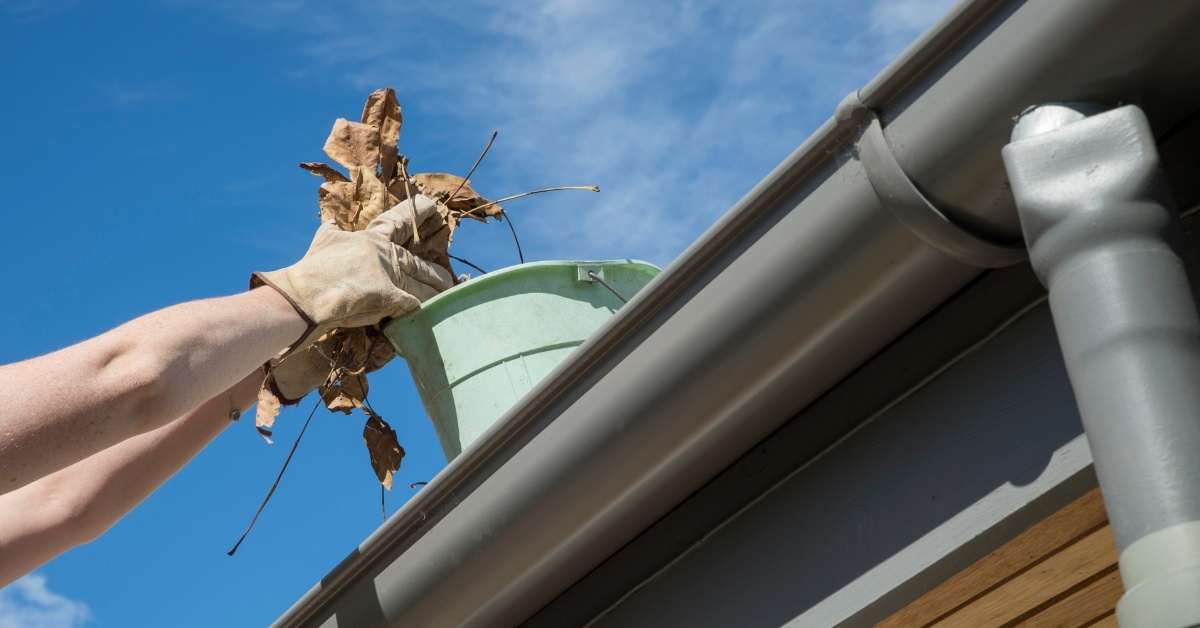How to Spot a Property Lemon

A property with 'issues' can be an investor’s nightmare, not to mention a money pit. Here’s how to minimise your risk of buying a ‘lemon’.
The best way to get a thorough assessment of a property’s condition is to have a building and pest inspection conducted by a qualified specialist. In the meantime, there are also some ways to identify possible dangers lurking about a property and to at least make a preliminary assessment during your property hunting process.
Common issues to look out for:
1. Building structure – Structural problems as a result of shifting and movement can be some of the most serious to affect a property. You can identify the problem by looking for cracks in walls or plaster, and the more severe the cracking the worse it is likely to be. If you notice cracking in external brick walls this is a particular worry so keep a look out for these.
2. Electrical / Wiring – Problems with the wiring and electricity are some of the most dangerous as they can increase the risk of fire. You'll often find this is more prevalent in older properties, but they can occur in new ones especially when the owner has done the electrical wiring without the help of a qualified electrician. A sign to look for is blackened areas around power outlets.
3. Plumbing – Plumbing issues are more common in older houses and if not identified early can be costly to fix. Most new homes plumbing systems are made of plastic materials however older homes may still have the original cast iron or galvanized piping. Rusty pipes are usually quite easy to detect: simply turning on the taps and testing the water pressure is a good indication of the quality of the plumbing. Makeshift drains and quick-fix solutions often cause damp areas which can damage the structure.
4. Roofing – Problems on the roof such as cracked tiles that allows rain water in, can have serious consequences for the internal structure of the home as well as create risks where wiring is exposed to water. To spot a leaking roof, look out for rust on the roof or guttering; poorly fitted or sagging gutters plus bubbling or swelling in wall paint.
5. Water damage – Water seepage around the property can cause mould and damp floor problems. Whilst this doesn’t look great it can also lead to more serious problems. To identify possible water damage, look for damp and wetness in the floors or walls, mould growth or spotting on the walls / ceiling, damp or rotten skirting boards and damp lines along wall bases.
6. Pests – Pests in particular termites, can wreak havoc on floors and walls and if left unattended can damage the structural integrity of the home, so identifying them early is important. To spot the sign of pests look for small, papery bits of wood residue around cornices, door frames and window frames, gaps in walls or door frames, damaged floors and even swarms of flying termites outside the property. Bubbled paint can also indicate termite damage.
7. Illegal / Inferior work – Renovations and extensions made without council approval or carried out by unqualified builders can be a major problem for investors. Keep an eye out for any rooms that look like they may have been recent modifications. Always ask to see relevant permits for recent building work or anything that doesn’t appear to be correct. Your local council can help with this information if the vendor or agent can’t.
Remember, the best way to make money as an investor is to buy well.
These tips offer a great way to shortlist properties but a thorough inspection and assessment of a property’s condition by a qualified inspection expert prior to signing any dotted lines is a must. This is the only way to ensure you’re making a smart investment and are on your way to building real wealth.
DISCLAIMER - The information provided is for guidance and informational purposes only and does not replace independent business, legal and financial advice which we strongly recommend. Whilst the information is considered true and correct at the date of publication, changes in circumstances after the time of publication may impact the accuracy of the information provided. LJ Hooker will not accept responsibility or liability for any reliance on the blog information, including but not limited to, the accuracy, currency or completeness of any information or links.
Share


